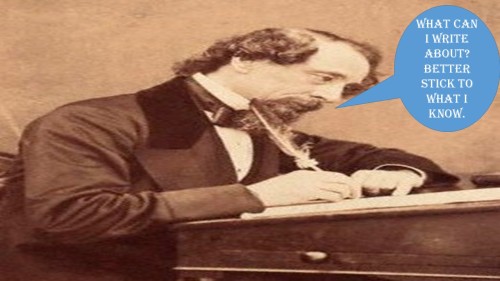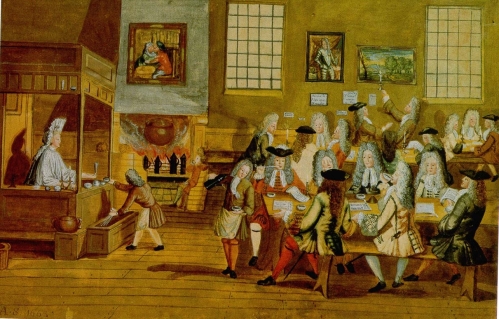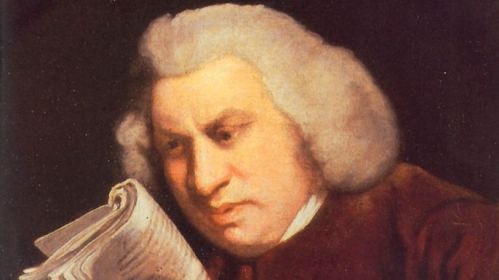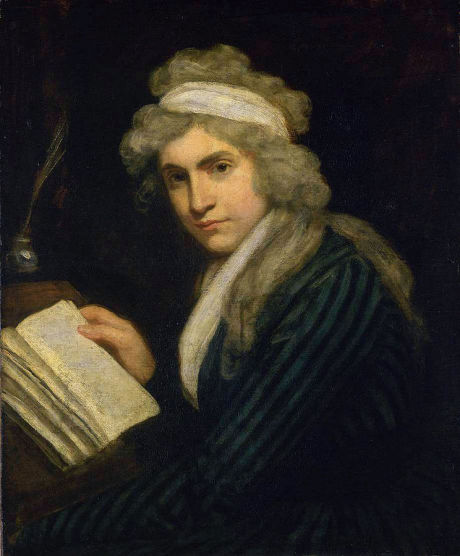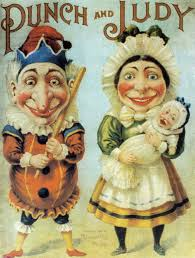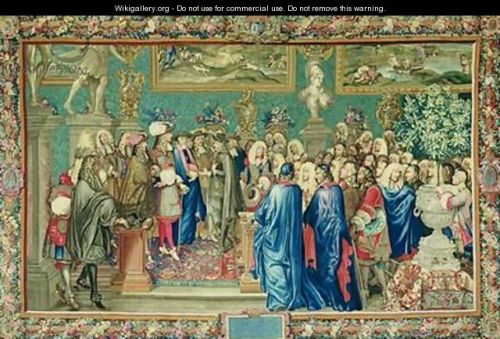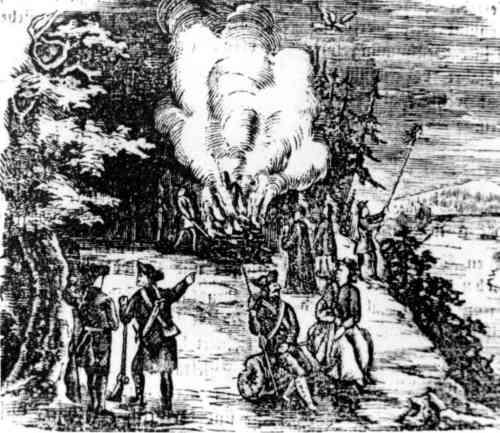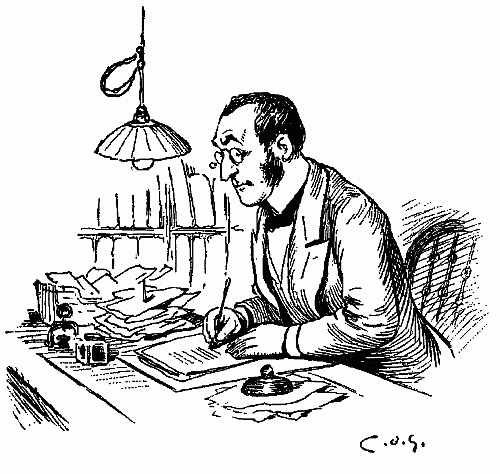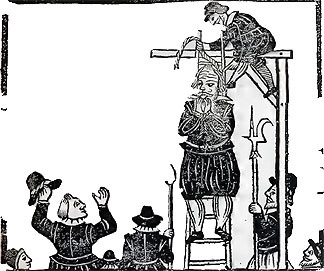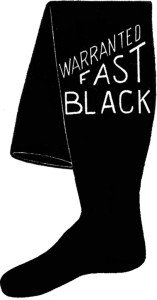When people ask what can I write about, it is often answered by ‘write what you know’. This is good advice but I would like to offer you a twist on that. Think about the things that you do in your own life and then let your character do them but in a different time. It means that you will have to do some research but this always helps with ideas and the flavour of the piece that you are writing.
One – Find an atmospheric setting
Let me give you an example. You probably go to a coffee house and could easily set a story there so how about doing that but setting it in the past? Wouldn’t this make your story stand out that bit more?
Let’s explore the situation. For a start, it is easy to imagine that coffee houses are something invented by us modern folks but that is not true. The reality is that if you pop down St Michael’s Alley which is a passage in London you will find a blue plaque on the wall of a wine house. The plaque states that the original London coffee house stood on that site and opened in 1652. Just from that we have a place and a time that could send your mind buzzing with ideas.
Springboard 1 – A story set in 1652 in St Michael’s Passage, London when a new fangled coffee house is just opening. Imagine how the owner must feel.
Two – Find some larger than life characters
Many coffee houses sprang up in the 17th and 18th century and they were extremely important because it was where men met to do business and share ideas. We know from records that many men who were involved with the arts and scientific enquiry frequented coffee houses. Wren, Dryden, Reynolds, Johnson, Swift, Gainsborough, Garrick and Hogarth, to name but a few, were regularly seen discoursing over their passions in coffee houses. There we have a wonderful set of characters. It only takes a little bit of research and some poetic licence and you have a story about one of them.
Springboard 2 – A story about Wren, Dryden, Reynolds, Johnson, Swift, Gainsborough, Garrick or Hogarth getting into a troublesome situation in a coffee house.
Three – Create some domestic conflict
In fact, it is believed that many insurance companies and other financial businesses started as a result of deep debates in coffee houses. It has been suggested that men spent so much time in coffee houses that they were often more associated with their regular haunt than where they actually lived. If men were at the coffee house more than at home this could cause marital rifts – this is a good plot line. If you want to use an idea following this line, I have actually written about this on the post ‘Trouble in the Coffee House – Get Writing.’
Springboard 3 – A man would rather spend more time at the coffee house than at a home with his wife.
Four – Have a coffee house trail
It wasn’t just the capital that boasted coffee houses either. Oxford and Cambridge both had coffee houses and Bristol is recorded as having 4 by 1666. There was at least one in York by 1669 and others in Edinburgh, Glasgow and Dublin. Exeter, Bath, Norwich, Great Yarmouth, Chester, Preston and Warwick also had coffee houses. This means that you don’t have to set your story in the capital, you have a wealth of settings to choose from. In fact, you could use coffee houses as a trail.
Springboard 4 – A man is on a secret mission that leads him around various coffee houses until he ends up in a coffee house in York about 1700. Who is he meeting there?
Five – Use details from your research to cannon ball your plot
However, it was London, because of the business which was carried out in them, which had the most coffee houses and it is said that by 1714, there were at least 1,000 coffee houses there then. The houses were usually identified by a hanging sign; however, in 1762 all such signs, except at public houses, were banned. It seems their creaking at night stopped folks from sleeping. Furthermore, if you were trotting along on a horse on a windy day, you could be knocked right off your mount by one of those blasted signs. This actually happened. Basically, the signs had become a menace to society and that is why they had to go. We can use details like this both to add authenticity to our story and to amuse our readers.
Springboard 5 – A man is knocked off his horse by a coffee house sign and a comely woman helps him – is she as kind and good as she seems to be or does she have ulterior motives?
Inspiration is everywhere – I hope that I have offered you some today. Happy writing.

